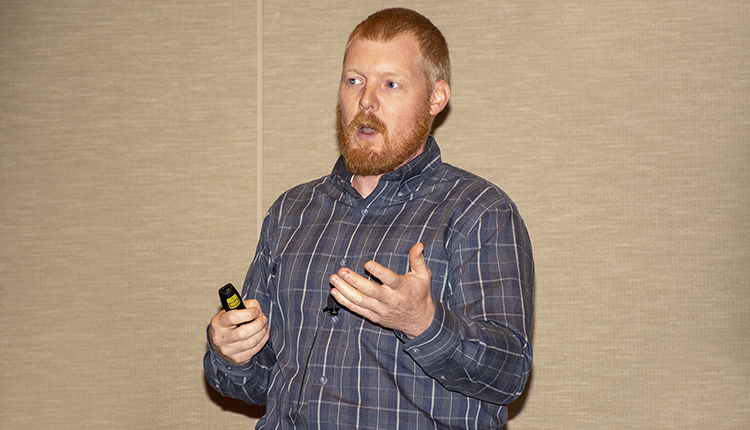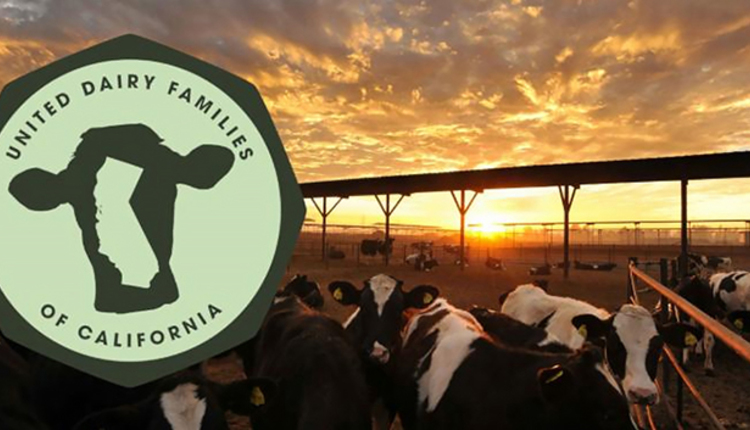
Everywhere you look in dairying — well, all across agriculture and in pretty much every other business as well — everyone is looking for employees. As bad as the situation is now, you should expect it to get worse.
Blame it on babies.
Women are having fewer of them nearly everywhere in the world, and it is a trend that has been underway for many decades. Fewer babies mean fewer children grow up to become workers, and when they themselves have fewer babies it creates a downward spiral that means trouble for employers.
Take the U.S. for instance. If you are approaching or past 60, you probably remember during your teens that there was a lot of labor available — your relatives, your friends, your neighbors, and perhaps what became the immigrant influx from Mexico and Latin America.
That’s because U.S. birth rates in the 1950s were roughly 40 percent higher than they had been in the 1930s. But ever since the late-60s they have been about 40 percent lower than during the ‘50s. In fact, the National Center for Health Statistics says the total fertility rate (TFR, the average number of lifetime births per woman) in the U.S. in 2015 was 1.818.
That’s an important number to keep in mind, because 2.100 is regarded as what is needed for a population to sustain itself. Not counting immigrant inflows, a number over 2.1 means a population is growing; under 2.1 means it is shrinking. According to the World Bank, since 1972 the U.S. has been at or above 2.1 only twice — in 2006 and 2007.
What about Mexico? The news isn’t encouraging there either.
Just like the U.S., Mexico has also seen a dramatic TFR decline in recent decades. The World Bank says Mexico’s TFR was 6.830 in 1970, but it has gone persistently downhill ever since, reaching 2.215 in 2015
Nearly all of Sub Saharan Africa, by comparison, has a TFR in the 4s, 5s or 6s. On the other hand, Canada, Australia, most of Europe and China are below 2.0. Japan is below 1.5. The total global TFR is estimated at around 2.5 and falling, which is why the world’s population may begin shrinking by the end of this century.
That’s why you should warn your grandkids that the labor outlook for dairies and all farmers — both near term and even very far term — is not good.








